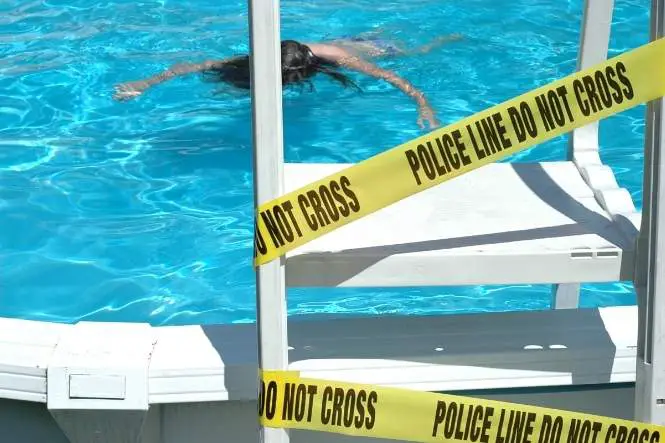Forensics plays a role in the collection and investigation of many different kinds of evidence – including water. When a corpse is identified in fresh water, we can usually find out the time of death. If a person died recently, organ temperatures can be guides to the time of death.
Time of Death
However, as more time passes, it becomes more difficult to determine when the person died. Once weeks have gone by, temperature is no longer a good indicator. Here, the area of forensic entomology becomes important as the ‘bugs’ such as maggots found on the body can help experts determine the time of death. Pollen is yet another way to provide this figure.
Seawater
The challenge really begins if a corpse is removed from the ocean. The body will have been exposed to many changes in the surrounding temperature, pH and salt content. These factors make determination of the time of death a difficult process. In fact, it can be seemingly impossible to accomplish!
Where forensic entomology is helpful for a body recovered on land, it is rarely useful for a body recovered from the water, mostly because the body would have to float on the water’s surface for some time – an uncommon occurrence. Compounding the problem even more is that the trauma experienced by the body from ocean exposure is hard to differentiate from the trauma that occurs from foul play.
Forensic Science in the Ocean
Fortunately, new research is helping us to get a better understanding of how to use forensics to find out information about a corpse that is recovered from the water. Researchers bought a pig that had just been killed, and then weighed down the carcass and sent it to the bottom of the ocean.
There, a camera under the water recorded the degradation of the carcass. Researchers also monitored the water temperature, salinity and other relevant factors. The results were very interesting and showed all sorts of changes, including an ‘attack’ of the carcass by prawns. Various other sea creatures feasted on the carcass as well.
How a Corpse Degrades
When a human corpse is on land, the head is typically the first part to degrade in terms of maggots and similar predators. In the water, however, the head is usually the last part to be consumed. The pig had been killed by a gunshot wound to its head and while you might have imagined it would be attacked first, it was left to last.
In forensics, this tells us valuable information. It means that if a body was found in the ocean, any wounds to the face that occurred – as the body is left untouched – are very likely due to foul play of some kind.
The study is also helping researchers to learn more about how the body decomposes in the ocean. In this way, they can get a better sense of how to determine the time of death. Also helpful is that a body will often remain on the seabed for some time before it is brought up to the surface by the various kinds of gas that will leave the body bloated as it decomposes.
New Discoveries
Another very interesting find for this study is that when a body decomposes in the ocean, the head as well as the hands and feet will separate from the body. Normally, they don’t end up resurfacing although a series of feet that have washed up to the shore in Canada is particularly confusing because it contradicts this knowledge.
Ocean Forensics
The research has further provided information on the marks left behind from various sea creatures. In this way, it will help forensic scientists to determine if a mark is from a predator or if it was from foul play. Overall, all of this new research into ocean forensics is helping us to learn more about the complex interaction between a corpse, foul play and the ocean.


